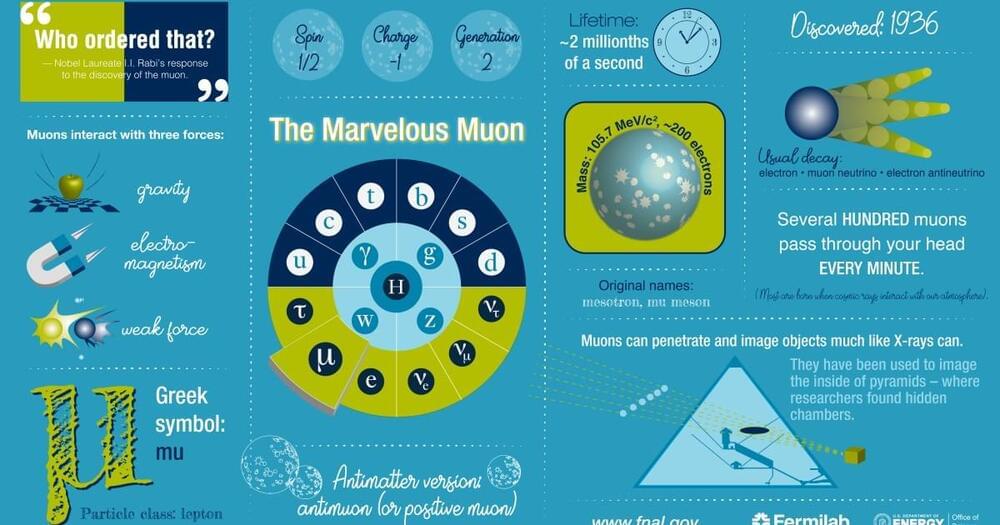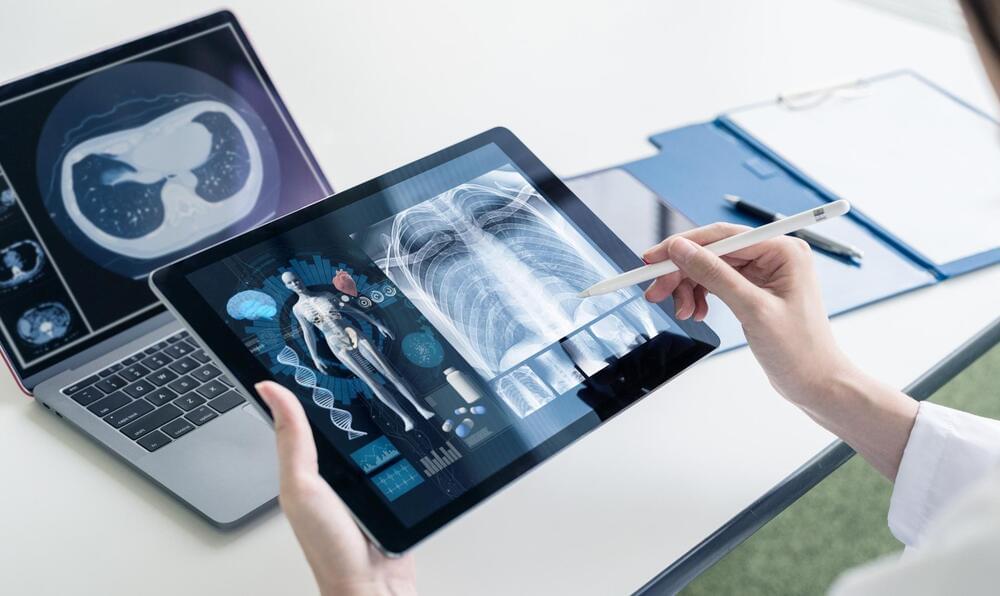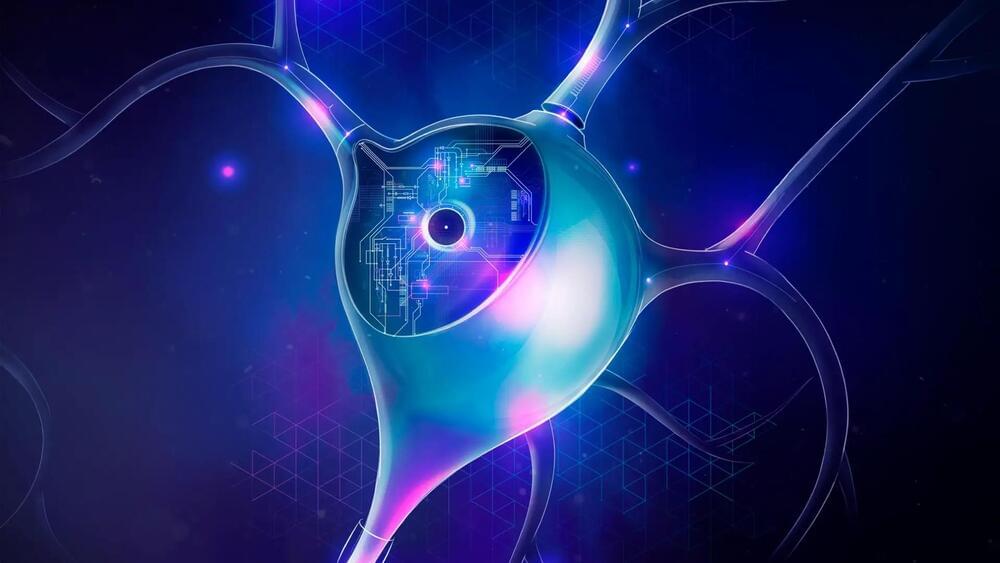Oct 12, 2023
Asteroid 33 Polyhymnia May Contain Elements Outside The Periodic Table
Posted by Josh Seeherman in categories: chemistry, physics, space
Some asteroids are dense. So dense in fact, that they may contain heavy elements outside of the periodic table, according to a new study on mass density.
The team of physicists from The University of Arizona say they were motivated by the possibility of Compact Ultradense Objects (CUDOs) with a mass density greater than Osmium, the densest naturally occurring, stable element, with its 76 protons.
“In particular, some observed asteroids surpass this mass density threshold. Especially noteworthy is the asteroid 33 Polyhymnia,” the team writes in their study, adding that “since the mass density of asteroid 33 Polyhymnia is far greater than the maximum mass density of familiar atomic matter, it can be classified as a CUDO with an unknown composition.”

















